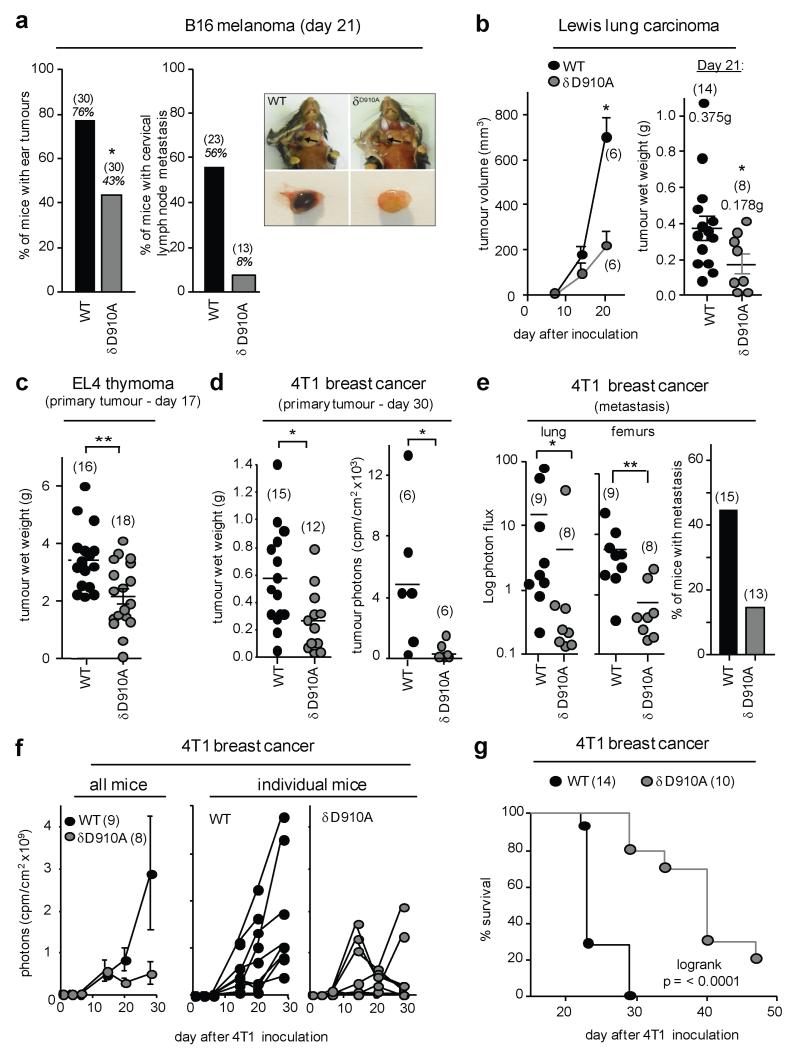Figure 1. Impact of genetic inactivation of p110δ on tumour growth and metastasis.
a, percentage of mice with visible B16 ear tumours (left) or lymph nodes metastasis (right). Photographs show B16 metastases in cervical lymph nodes and representative excised lymph nodes. b-d, primary tumour burden of the indicated tumour lines. e, 4T1 metastasis as detected by luciferase activity (left and middle panel) or histology (right panel), expressed as a percentage of the total number of tumour-bearing animals/group. f, Growth of primary 4T1 tumours. g, Survival of 4T1 tumour-bearing mice. a-f, Statistically significant differences are indicated by * (P < 0.05) or ** (P < 0.01), as determined by the non-parametric Mann-Whitney t test. Between brackets: number of mice used per experiment. Each dot represents an individual mouse.

